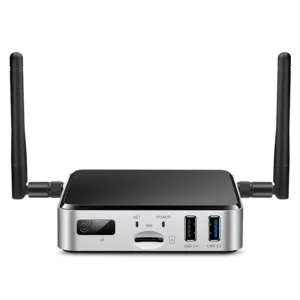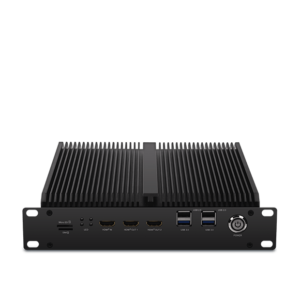Unlocking the Energy of AI on Side Devices
Unlocking the Energy of AI on Side Devices
Blog Article
AI on Side Devices vs. Cloud AI: Professionals and Cons
Real-World Applications of AI on Side Products
Synthetic intelligence (AI) is no further limited to the world of big, centralized knowledge centers. As a result of breakthroughs in engineering, side devices now play a vital role in deploying AI right where information is generated. But what does AI on edge devices mean, and how come it making such a excitement? Here, we'll examine how ai on edge devices operates in real life through side units and discover its wide variety of practical applications.

What is AI on Side Units?
AI on side products refers to deploying artificial intelligence algorithms entirely on products like smartphones, cameras, drones, or IoT sensors. These units do not want use of centralized machines for processing knowledge; alternatively, they perform analysis and conclusions domestically, making the procedure quicker, more efficient, and frequently more secure.
The "edge" here just refers to research done close to or at the origin of knowledge technology, instead of depending on the cloud. This change is driven by the demands for real-time knowledge processing and the requirement to reduce latency, increase privacy, and minimize bandwidth usage.
Essential Real-World Programs of Side AI
1. Clever Security
AI-powered cameras equipped with face acceptance, motion recognition, and anomaly detection are transforming detective systems. Edge products in this domain can analyze movie channels in real-time to spot dubious activities, eliminate false sensors, and enhance public safety. For example, AI formulas can discover unusual actions and alert authorities immediately without the need to send video information to a central host for analysis.
2. Healthcare Checking
Wearable products and lightweight medical gear are leveraging ai m.2 module for handling health data more efficiently. Edge-based AI in units like wellness trackers and smartwatches displays users' vitals, such as for instance heartbeat, air levels, or body pressure, in real-time. These systems analyze data locally and offer instantaneous feedback, paving the way in which for quicker treatment all through emergencies.
Beyond wearables, sophisticated medical imaging products designed with on-device AI can detect signs of diseases like cancer, allowing earlier diagnoses even in remote areas without internet connectivity.
3. Autonomous Vehicles
Self-driving cars are among the absolute most well-known samples of edge AI in action. With sensors, cameras, and LiDAR systems offering as data sources, AI computations get position onboard these cars to make split-second decisions. From detecting pedestrians and limitations to moving town streets, side AI guarantees that the vehicle runs reliably and efficiently. The real-time running convenience of edge units eliminates the reliance on high-latency cloud methods, ensuring security in life-critical scenarios.
4. Retail Analytics
Side products in retail environments are supporting organizations analyze customer behavior. Intelligent shelves and AI-equipped cameras can detect client choices, monitor stock, and even modify in-store experiences in real time. The data generated from these devices assists stores make knowledgeable choices, improve client satisfaction, and enhance inventory management.

5. Industrial IoT
Factories and professional plants are adopting edge AI to revolutionize their monitoring and automation processes. AI-powered receptors on equipment identify possible problems a long time before they lead to costly failures. Predictive maintenance pushed by edge AI reduces downtime, enhances productivity, and assures security on the manufacturing floor.
6. Personalized Experiences in Consumer Products
Your smartphone is a perfect example of how side AI personalizes individual experiences. Features such as for instance style assistants, flexible camera controls, and on-device language translation use real-time AI to respond to consumer needs without sending painful and sensitive data to additional servers. This fosters both ease and solitude for the conclusion user.
The Growing Impact of Edge AI
The usage of AI on side products continues to rise, pushed by industries' increasing need for low-latency, real-time research, and larger data privacy. Its purposes are reshaping industries including healthcare and automotive to public protection and retail. By placing AI's energy nearer to wherever knowledge is produced, edge products aren't just increasing efficiency but additionally demonstrating the unlimited potential of development in the present connected world. Report this page